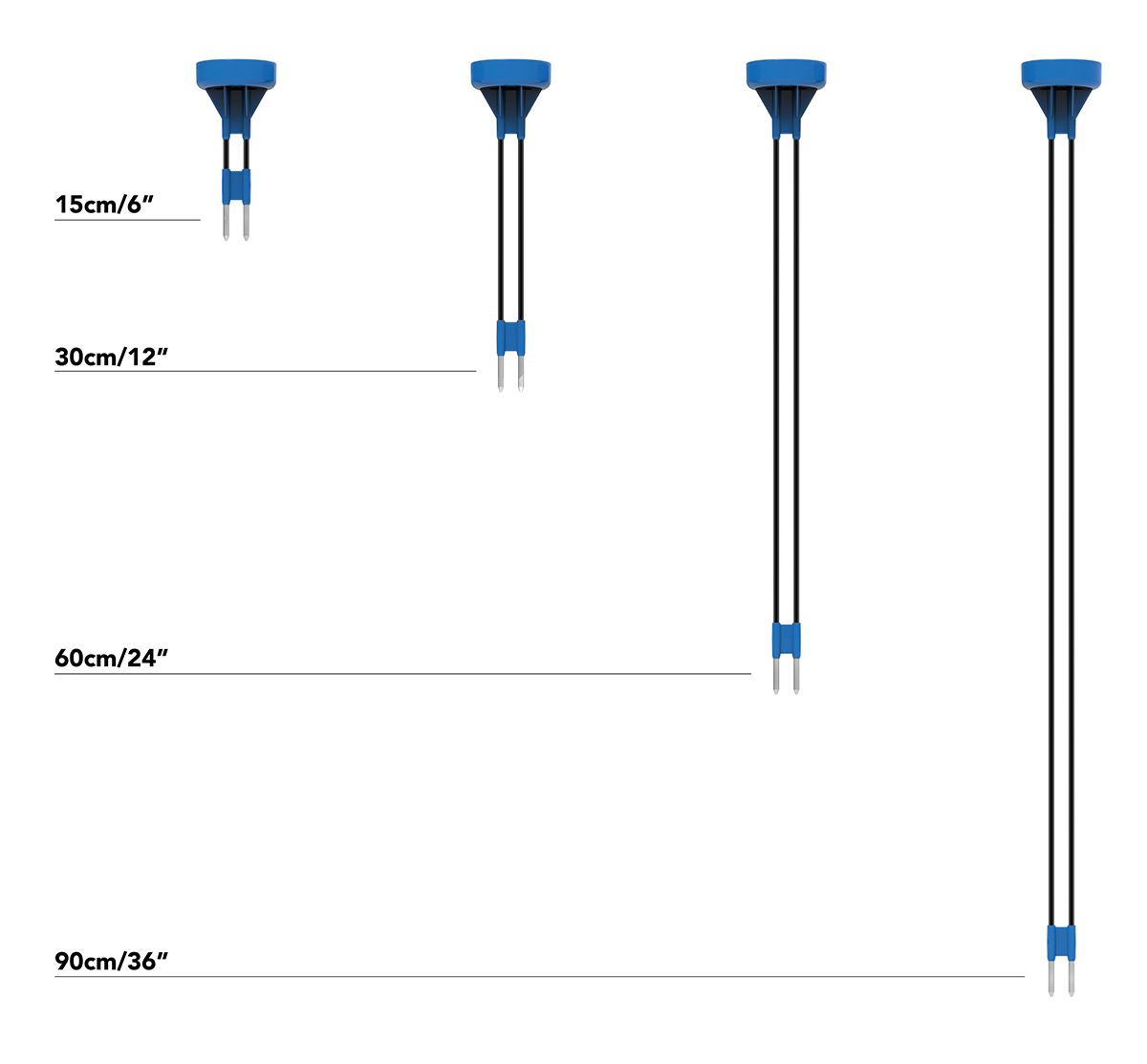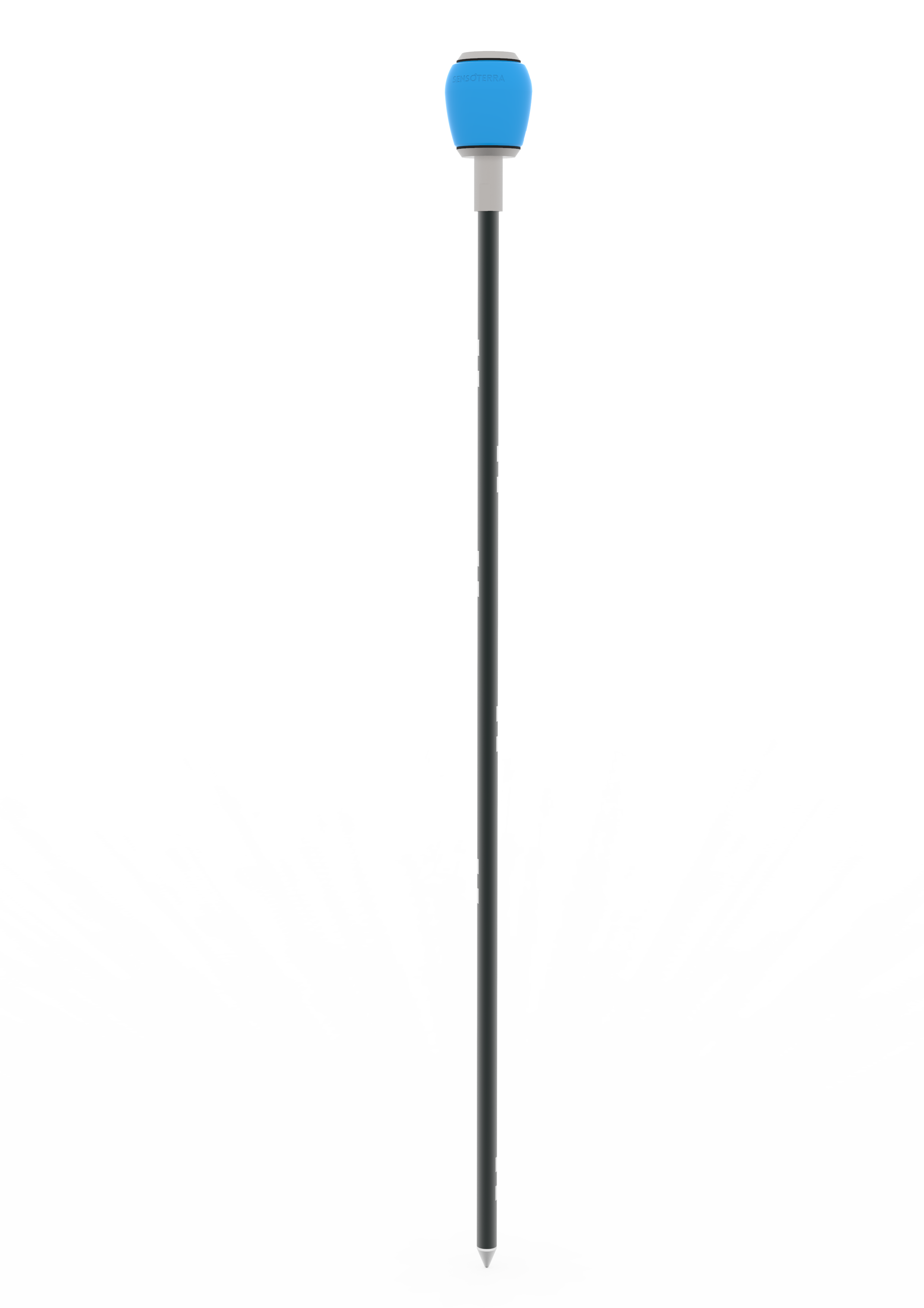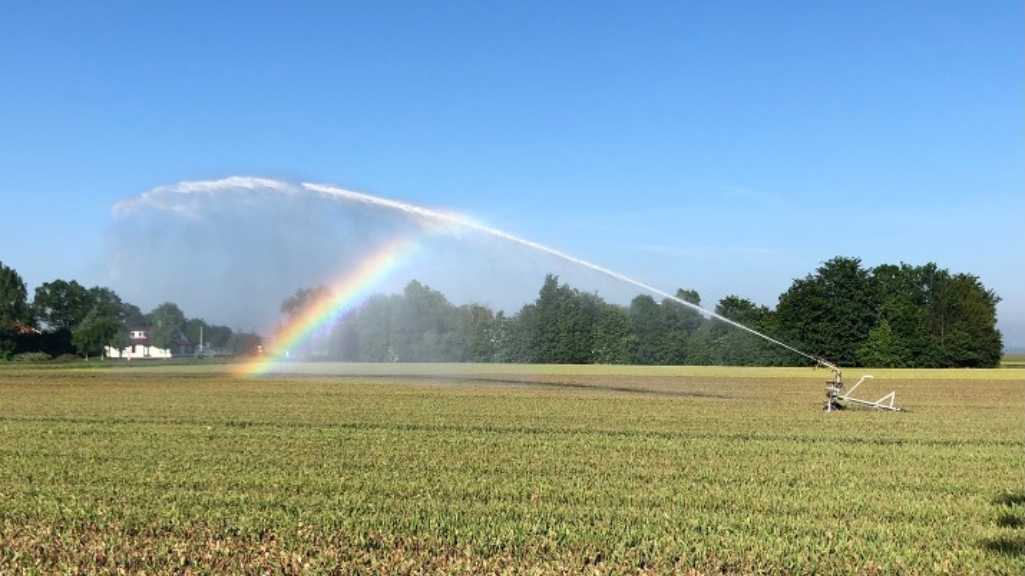By 2027, there is an agreement that no nutrients or emissions of plant protection products should be in the water throughout Europe. If this goal is not achieved, the European Commission will come up with measures such as limiting plant protection products.
Recently, Sensoterra co-CEO René Voogt was interviewed by Bloemen & Planten Nieuws (Flower & Plant news) on the changing legislation on water management and the European Commission.
In the face of increasingly stringent regulations and a growing global focus on sustainable agriculture, Sensoterra’s innovative moisture sensors are emerging as a game-changer for growers across Europe. With the looming 2027 deadline set by the European Commission, Sensoterra’s nomination for the KVK Innovation Top 100 is a testament to their commitment to revolutionizing water management in the agricultural sector.
René Voogt, co-CEO at Sensoterra: “Our moisture sensors measure the moisture content in the soil and have been nominated because they are very accurate. The sensors are sturdy so you can hammer them into the ground. They are maintenance-free, last 8 years and can stay in the same place.” The award will be presented on Nov. 30, 2023.
Two types of sensors
Sensoterra has two sensors: Multi Depth sensors and Single Depth sensors. The latter measures water at one spot in the soil and the former at six different depths. It is possible to put several of them in the greenhouse. “Because the Multi Depth sensor measures the moisture content at several places in the soil, it is easy to see how the moisture rises from the bottom to the top. This gives growers an understanding of the moisture level in their soil.” It is important to determine the length of the sensor based on the root depth of the crop,” explains Voogt.
Single Depth Sensors
Measure at one level (15, 30, 60, or 90 cm depths) and are an economical choice for measuring at multiple points across an area.

Multi Depth Sensors
Measure at six levels (10, 20, 30, 40, 60, and 90 cm depths) and are and are beneficial for identifying the behavior of soil moisture throughout the root zone.
Number of sensors and cost.
The number of sensors depends on the number of crop types and irrigation zones a grower has. “Normally you put one or two per section. There are different rules of thumb on how many crop sensors you need.” Sensoterra works with a number of installation parties. Growers pay per month for the crop sensors.

Using water more economically
Growers have to use water more and more economically as a result of regulations from Europe. These sensors make it possible to prepare for this. It prevents unnecessary work, because growers roll out their reels to irrigate for a reason. “You can see exactly how much moisture is in the soil. You don’t want to overwater and, on the other hand, you don’t want to dry out your crop. This way you can take care of your crop in the best way possible.” Wildkamp, a watering supplier, supports growers once they’ve purchased the sensors, to build a robust irrigation system by incorporating soil moisture data to guide irrigation decisions.
“Right now, water is becoming increasingly scarce. We have to move to stricter regulations. With this system, growers can prepare for those strict regulations. Growers can save water and with it energy and man hours. The sensor is already being used in many places. Sometimes we notice reluctance or doubt. But the water problem is getting bigger and bigger and with that the restrictions are increasing. The sensors can offer a solution,” concludes René.
About Sensoterra
Sensoterra develops low-cost, simple, and robust wireless soil moisture sensors, providing actionable insights that enable water management platforms and solutions. Our sensors are built to integrate into any platform with our unique ‘API first’ philosophy – offering freedom and flexibility for data integration. It is our mission to enable water management platforms and solutions worldwide. We help by ‘Making Sense of Water’. We produce simple, robust, and low-cost wireless soil moisture sensors that are easy to deploy and built to integrate. With proven success in the applications of smart city landscaping, environmental monitoring, and precision agriculture, the Sensoterra solution integrates seamlessly in existing water and land management platforms.
Learn more at www.sensoterra.com
Contact for more information, pictures and/or interview requests:
Jessica Nuboer
Marketing & Communications
Sensoterra
Email: [email protected]






